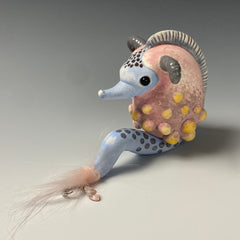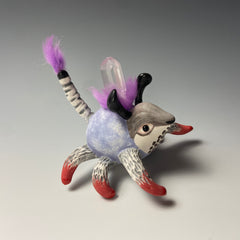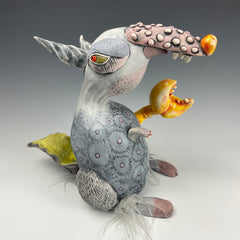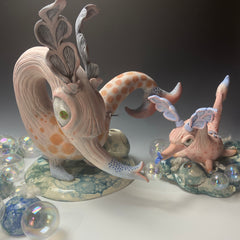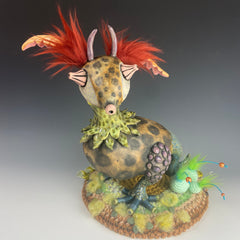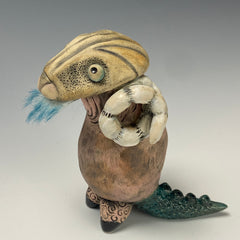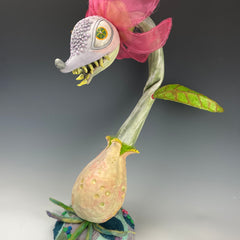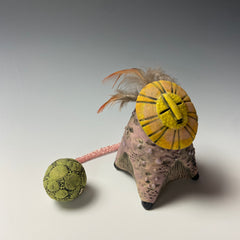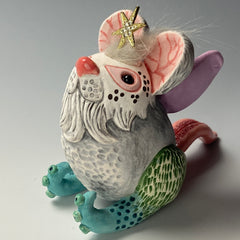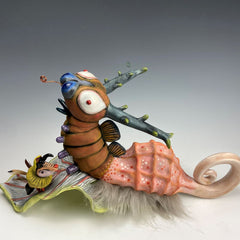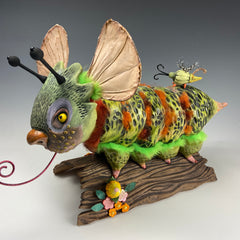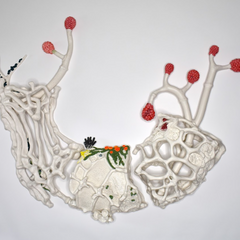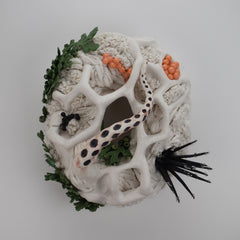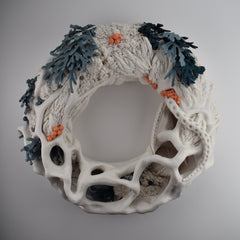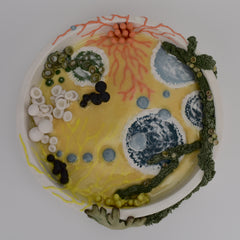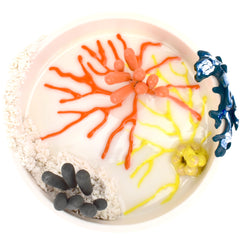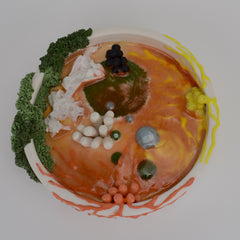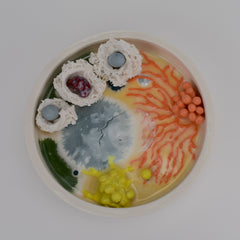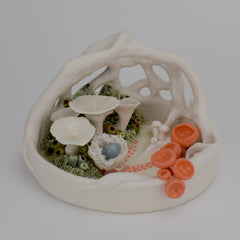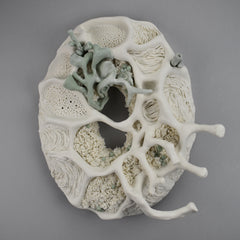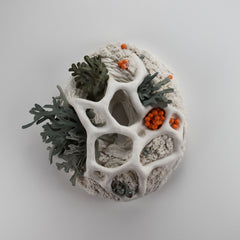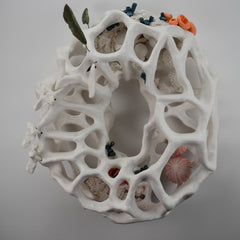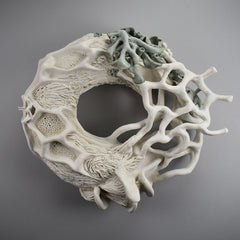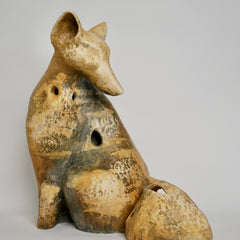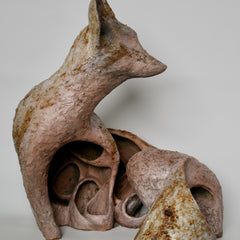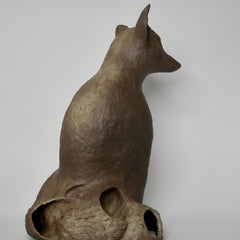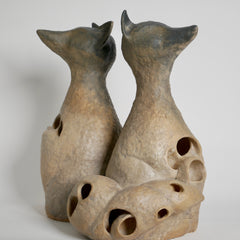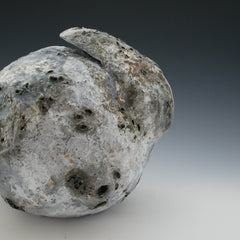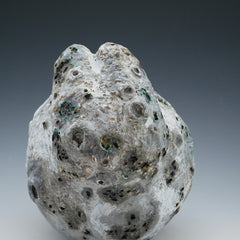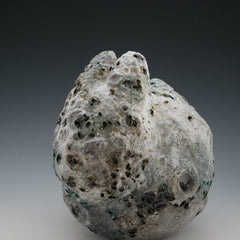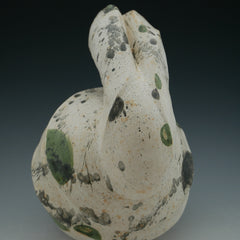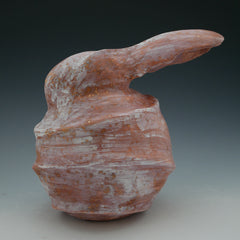
"LIMINAL SPACES" An Exhibition for the NCECA March 2024 IN RICHMOND VA
NCECA IS BACK FOR 2024 IN RICHMOND VA
NATIONAL COUNCIL ON EDUCATION FOR THE CERAMIC ARTS
In March 2024 NCECA will return with a ceramics conference and free art exhibitions throughout Richmond and the region. The exhibitions are gathered through NCECA’s call for concurrent exhibition and venue originated proposals.
The National Council on Education for the Ceramic Arts is a dynamic organization that inspires global advancement and appreciation of the field through programs, exhibitions, opportunities and resources. For more information about the conference please visit their website at https://nceca.net/
Crossroads Art Center will host a Call for Entries in January 2024 for Ceramic Artists for an Exhibition at Crossroads starting March 15, 2024 .
Open Houses & Artist Receptions
Friday, March 15, 2024 5pm - 8pm and Wednesday, March 20, 2023 10am - 5pm
We will have extended special hours until 9pm Thursday, March 21, 2024 and Friday, March 22, 2024 for NCECA.
Crossroads Gallery showcases both emerging and established mid-Atlantic artists, fostering awareness across a spectrum of art forms. Representing over 300 artists, Crossroads Art Center is the largest for-profit gallery on the east coast. Don't miss our Artist Reception on March 15, 5-8pm RSVP Here Here, featuring James River Art League and captivating Ceramic Art exhibits, including "Liminal Spaces" and "Nature & Coalescence," in collaboration with NCECA, the National Council of Education for Ceramic Arts. Join us for an evening of artistic exploration!
Also, the show will be open to the public during our normal hours are 10am - 5pm Tuesday - Saturday and Sunday Noon - 4pm.
"Exhibition: LIMINAL SPACES"
In this exhibition, Annie Boyer, Faith Ku, and Clarissa Yeap explore ideas about life in the in-between spaces, between the present and the future, art and science, human and non-human.
Annie Boyer

What types of animals and plants might rise after the Earth has been damaged by flooding, fire, nuclear fallout, and overcrowding? My current body of work “Welcome to Nixie Hollow”, is a response to the idea of what creatures might live on planet Earth after humans no longer exist.
The creatures can be cute and appealing or have a dark side. The narratives include societies, family, and social interactions, along with ritual behaviors. The aim of this work is to invoke curiosity as the viewer observes the creatures in their worlds as well as offer hope for rebirth on our earth.
While primarily hand-built ceramic, this body of work also includes other elements such as felt, yarn, wire, polymer clay and found objects with the goal of synthesizing the wide variety of interests and skills the artist has acquired over a long artistic career.
Stoneware, porcelain, and low fire clays are used, with multiple applications of underglaze, slips and glaze, then electric fired. The inclusion of fiber materials enhances the textures and surface of each creature in a way that clay alone cannot accomplish. Cold finishes such as acrylic, watercolor, oil paint, lusters and flocking are also used to further add detail and interest to the pieces.
The inspiration for this work came from early experiences living in the deep woods, exploring the dark canopy and weird creatures tucked away under rocks. Time spent later on a farm and plant nursery further established a strong connection to the natural world and its wonders.
Clarissa Yeap

My work for this exhibit asks us to consider the weight of our presence on other lives by bringing awareness to the perceptions of wild animals that live in and around the margins of the urban world. I hand build each animal in clay through the method of hollow building, coil by coil. I take care to articulate their sense of apprehension and vigilance in the form of stance and gaze. While consciously shaping anatomically believable bodies, I construct interior structures that unfold into multiple cavities to represent the world of animal hollows and burrows that is normally hidden from human view. To finish each sculpture, I surface with a thin, clay-based material called terra sigillata, imbuing each animal with color and nuance, while maintaining an earthen perspective.
Faith Ku

I am interested in the microscopic and concealed elements of botanical, fungal, and animal life and the seamless connection and integration within and between kingdoms. Using the architecture of mycelium, I create a framework by which these elements connect to the system. Both fragile and resilient, life thrives and finds a rhythm, a cycle. Mortality is not the end, as matter is repurposed, continuously transforming reality for the living. The past becomes the future, as the elements in our bodies were once in the stars. We are all connected, transforming, and moving forward to wherever that may be.

